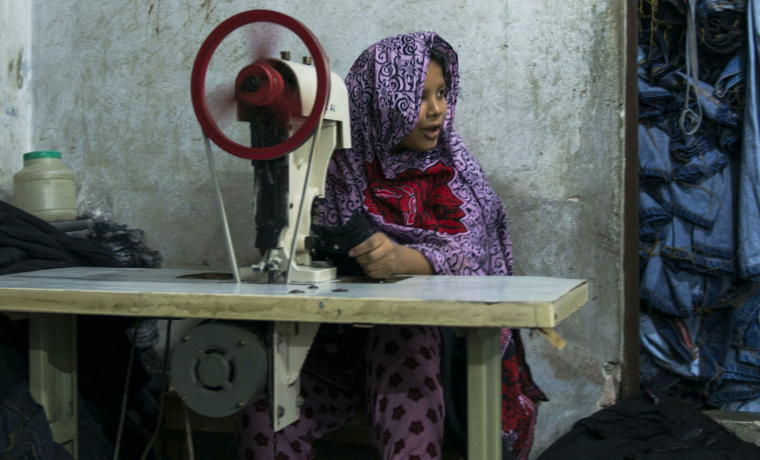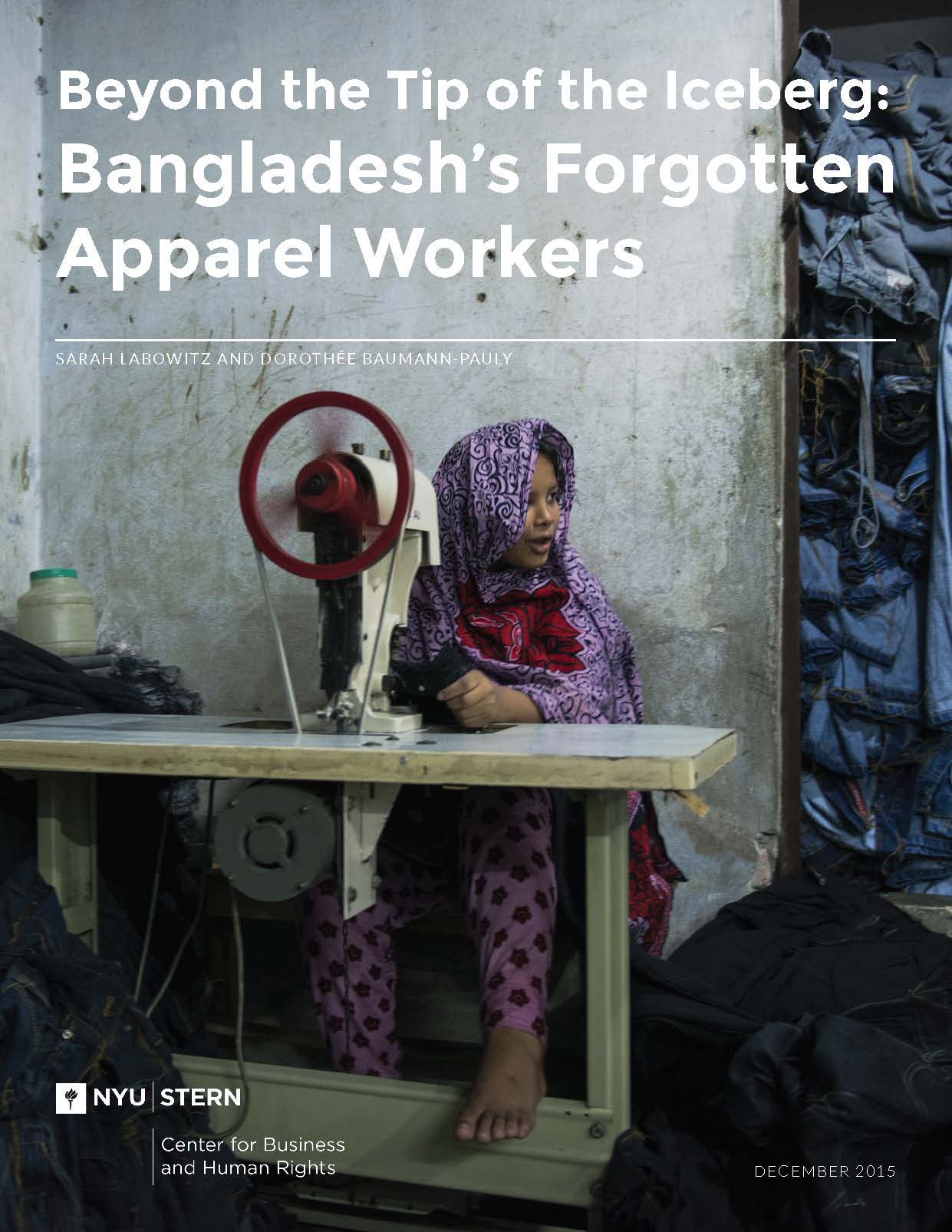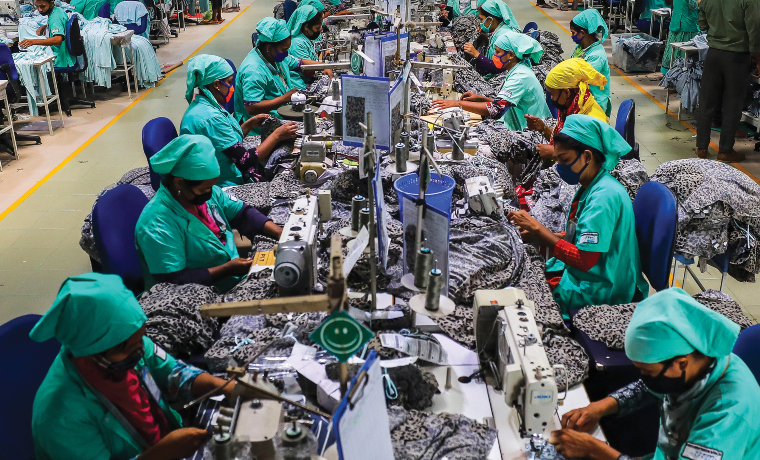Beyond The Tip Of The Iceberg: Bangladesh’s Forgotten Apparel Workers

December 2015
In December 2015, the Center published an interactive map showing Bangladesh’s 7,000 garment factories. This number is almost double prior estimates, shining a light on the scale of sub-contracting in global fashion supply chains. The map and accompanying report, Beyond the Tip of the Iceberg: Bangladesh’s Forgotten Apparel Workers, were the result of a year-long study in which the Center systematically examined official records and conducted a survey of almost 500 factories.
Related
See allConscience Incorporated
In his new book Conscience Incorporated, Michael Posner, director of the Center for Business and Human Rights, offers practical strategies and bold reforms to help businesses align profitability with ethical responsibility.
Setting Higher Standards: How Governments Can Regulate Corporate Human Rights Performance
Our report, released three months after the landmark CSDDD entered into force, provides a roadmap for regulators and companies navigating a new era of corporate human rights responsibility.
A Broken Partnership: How Clothing Brands Exploit Suppliers and Harm Workers –And What Can Be Done About It
Ten years after the Rana Plaza factory collapse, a new report from the NYU Stern Center for Business and Human Rights calls for a reformed collaborative approach to the outsourced manufacturing of apparel—one that does not create unfair economic pressure on factory owners, who all too often respond to such exploitation by reducing wages and benefits for their poor employees.

 Global Labor
Global Labor Safeguarding Outsourced Labor
Safeguarding Outsourced Labor
